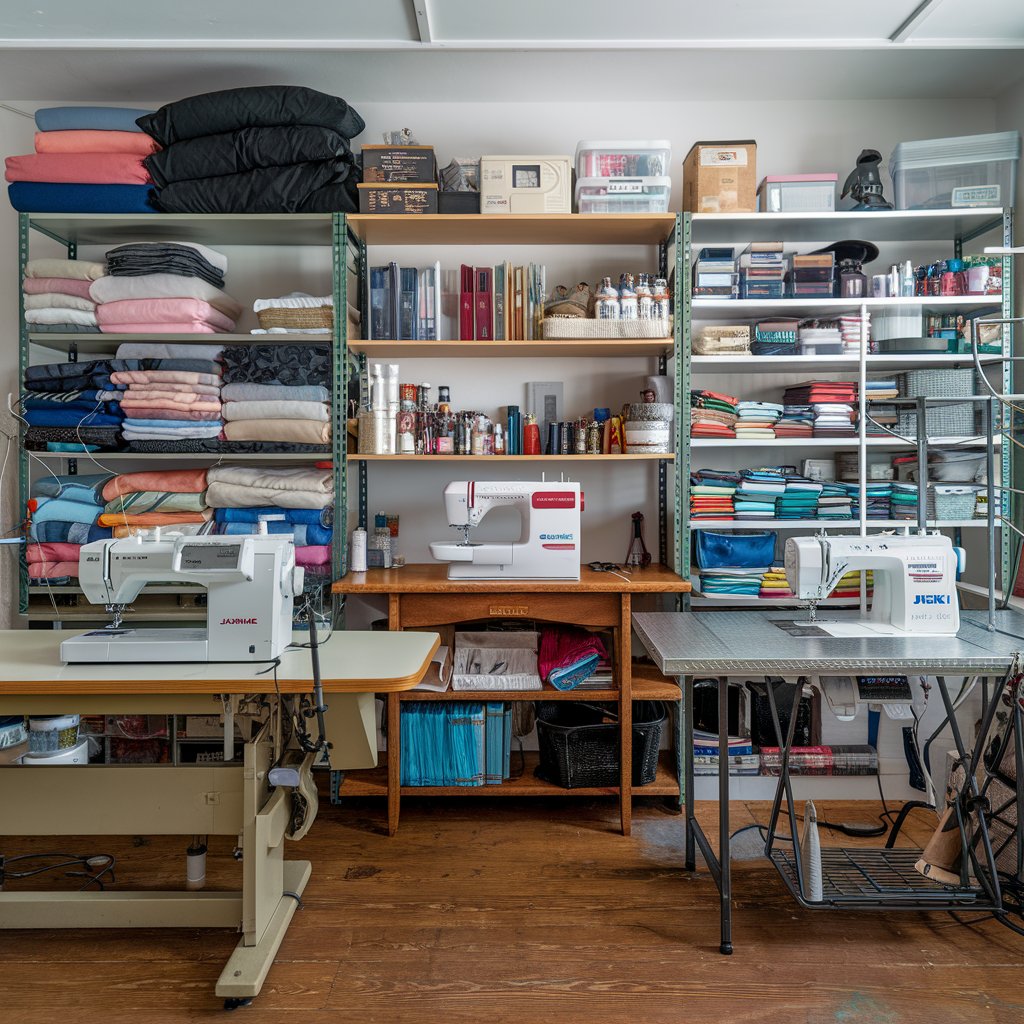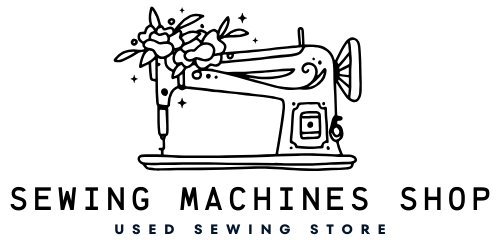Introduction
Sewing has evolved remarkably over the years, transitioning from the manual and often labor-intensive process our ancestors knew to the modern, sleek, and technologically advanced machines of today. But with so many innovations in the sewing world, one question frequently pops up: Is it easier to sew with a computerized machine? In this article, we’ll dive deep into the world of computerized sewing machines, exploring their features, benefits, and potential drawbacks, all while helping you determine if they are the right fit for your sewing machine needs.
The Evolution of Sewing Machines
The sewing machine has come a long way since its invention in the early 19th century. From simple mechanical machines that required significant manual effort to operate, we’ve now reached an era where sewing machines are equipped with microprocessors, offering a blend of traditional stitching with modern technology. This evolution has transformed the way we approach sewing, making it not only more accessible but also more enjoyable.
The Rise of Computerized Sewing Machines
With the rise of digital technology, it was only a matter of time before sewing machines became computerized. Today, these machines are a staple in many homes and professional workshops. But what makes them so special? And more importantly, do they truly make sewing easier? Let’s delve into these questions.
Understanding the Basics of Computerized Sewing Machines
What is a Computerized Sewing Machine?
A computerized sewing machine, as the name suggests, is a machine that incorporates a computer or microprocessor to control various functions. Unlike mechanical machines, where the user manually adjusts settings, computerized machines allow for digital control of stitch selection, tension, speed, and even embroidery designs. This level of control offers a precision that was previously unimaginable with older machines.
Key Features of Computerized Sewing Machines
These machines come loaded with features designed to enhance your sewing experience. Common features include:
- Automatic Needle Threader: Eliminates the hassle of threading the needle.
- Programmable Stitch Sequences: Save your favorite stitch patterns for easy access.
- LCD Screen Display: Provides clear visibility of your settings and options.
- Built-in Stitches and Embroidery Designs: Expands your creative possibilities.
- Speed Control: Allows for precise control over the sewing speed.
These features collectively contribute to a more streamlined and efficient sewing process, making computerized machines a popular choice for many.
Advantages of Using a Computerized Sewing Machine
Precision and Consistency in Stitches
One of the most significant advantages of using a computerized sewing machine is the precision it offers. The machine’s microprocessor ensures that each stitch is identical, which is especially beneficial for complex patterns or when working on large projects. This consistency is something that mechanical machines struggle to achieve.
Automatic Features for Seamless Sewing
Computerized sewing machines are equipped with several automatic features that make sewing easier and faster. From automatic thread cutting to automatic tension adjustment, these features reduce the manual effort required, allowing you to focus more on your creativity and less on the technicalities.
Enhanced Creativity with Embroidery and Stitch Patterns
For those who love to experiment with their sewing, a computerized machine opens up a world of possibilities. These machines often come with hundreds of built-in stitch patterns and embroidery designs, enabling you to add intricate details to your projects effortlessly. Whether you’re personalizing a gift or working on a professional project, the creative potential is endless.
User-Friendly Interface and Customization
The user-friendly interface of computerized sewing machines makes them accessible to sewists of all levels. Most machines feature an LCD screen where you can easily navigate through options and customize settings to suit your project. This level of control is invaluable, especially when working on complex or large-scale projects.
Common Concerns About Computerized Sewing Machines

Cost Considerations
While computerized sewing machines offer numerous advantages, they often come at a higher price point than their mechanical counterparts. This cost can be a barrier for beginners or those who sew infrequently. However, when you consider the features and time-saving benefits, many find the investment worthwhile.
Learning Curve for Beginners
For those new to sewing, the idea of using a computerized machine can be intimidating. The plethora of features and settings may seem overwhelming at first. However, with a bit of practice and patience, most users find that these machines are not only easy to use but also make sewing more enjoyable.
Dependence on Technology
One downside to computerized sewing machines is their reliance on technology. Like any electronic device, these machines can experience glitches or malfunctions. In such cases, troubleshooting may require professional assistance, which can be costly and time-consuming.
Comparing Computerized vs. Mechanical Sewing Machines
Ease of Use
When comparing computerized and mechanical sewing machines, ease of use is a key factor. While mechanical machines are straightforward and reliable, computerized machines offer a level of convenience and precision that can’t be matched. The automatic features of computerized machines, such as needle threading and stitch selection, significantly reduce the time and effort required, making them easier to use in the long run.
Flexibility and Versatility
Computerized machines are incredibly versatile, offering a wide range of stitch patterns, embroidery options, and customization features. This versatility makes them suitable for various sewing projects, from simple alterations to complex designs. Mechanical machines, on the other hand, may limit your creative potential due to their more basic functionalities.
Maintenance and Durability
Mechanical machines are often praised for their durability and ease of maintenance. They have fewer electronic components, which means fewer chances of something going wrong. However, with regular maintenance and proper care, computerized machines can also offer long-lasting performance. The key is to follow the manufacturer’s maintenance guidelines and keep the machine clean and well-lubricated.
Who Should Consider a Computerized Sewing Machine?

Beginners vs. Experienced Sewers
While computerized sewing machines are often seen as advanced tools, they are suitable for both beginners and experienced sewers. Beginners will appreciate the ease of use and automatic features, while experienced sewers will enjoy the creative freedom and precision these machines offer.
Hobbyists vs. Professional Sewers
Hobbyists who enjoy sewing as a leisure activity may find computerized machines to be a valuable addition to their toolkit. The wide range of stitch patterns and customization options can enhance their projects and make sewing more enjoyable. For professional sewers, especially those who run a Sewing Machine Shop, a computerized machine is almost essential. The precision, speed, and versatility these machines offer can significantly boost productivity and the quality of work.
Specific Projects and Applications
If your sewing projects often involve intricate designs, embroidery, or require a high level of precision, a computerized sewing machine is an excellent choice. These machines are designed to handle complex tasks with ease, making them ideal for quilting, garment making, and detailed embroidery work.
Tips for Choosing the Right Computerized Sewing Machine
Assess Your Sewing Needs
Before purchasing a computerized sewing machine, it’s essential to assess your sewing needs. Consider the types of projects you work on most frequently and what features would benefit you the most. If you primarily sew clothing, a machine with a variety of stitch options and automatic buttonholes might be ideal. For quilting, look for a machine with a large workspace and specialized quilting stitches.
Budget Considerations
Computerized sewing machines come in a wide range of prices, so it’s important to set a budget before you start shopping. While it might be tempting to go for the most advanced model, make sure it fits within your budget and meets your needs. Remember, a higher price doesn’t always mean better; it’s about finding the right machine for your specific requirements.
Researching Brands and Models
With so many brands and models available, it’s crucial to do your research before making a purchase. Look for reviews and ratings from other users, compare features, and consider the reputation of the brand. Brands like Brother, Janome, and Singer are well-known for their quality and reliability in the sewing machine industry.
Maintaining Your Computerized Sewing Machine

Regular Cleaning and Maintenance
To keep your computerized sewing machine in top condition, regular cleaning and maintenance are essential. This includes cleaning the bobbin area, changing needles regularly, and keeping the machine free of dust and lint. Follow the manufacturer’s guidelines for maintenance, and don’t hesitate to take your machine to a professional for servicing if needed.
Software Updates and Troubleshooting
Some computerized sewing machines come with software that can be updated to improve functionality or add new features. It’s a good idea to check for updates periodically and install them as needed. If you encounter any issues with your machine, consult the user manual or contact customer support for troubleshooting assistance.
Conclusion
So, is it easier to sew with a computerized machine? The answer largely depends on your individual needs and preferences. While computerized sewing machines offer numerous benefits, including precision, ease of use, and creative possibilities, they also come with a higher price tag and a learning curve. However, for those willing to invest the time and money, a computerized machine can make sewing more enjoyable and efficient. Whether you’re a beginner or a seasoned sewer, these machines have something to offer everyone.
FAQs
Is a computerized sewing machine suitable for beginners?
Yes, many beginners find computerized sewing machines easier to use due to their automatic features and user-friendly interface. These machines can help reduce the learning curve by simplifying complex tasks.
How does a computerized sewing machine differ from a mechanical one?
Computerized sewing machines use a microprocessor to control various functions, offering more precision and automation compared to mechanical machines, which rely on manual adjustments.
Are computerized sewing machines more expensive to maintain?
While they may have higher upfront costs, maintenance for computerized sewing machines is generally straightforward. Regular cleaning and proper care can prevent most issues.
Can I still sew manually on a computerized sewing machine?
Yes, many computerized sewing machines allow for manual control, giving you the flexibility to switch between automatic and manual modes depending on your needs.
What should I consider before buying a computerized sewing machine?
Before purchasing, assess your sewing needs, set a budget, and research different brands and models. Consider factors like the types of projects you’ll be working on and the features that will benefit you most.
For more insightful articles, visit our Medium page !

